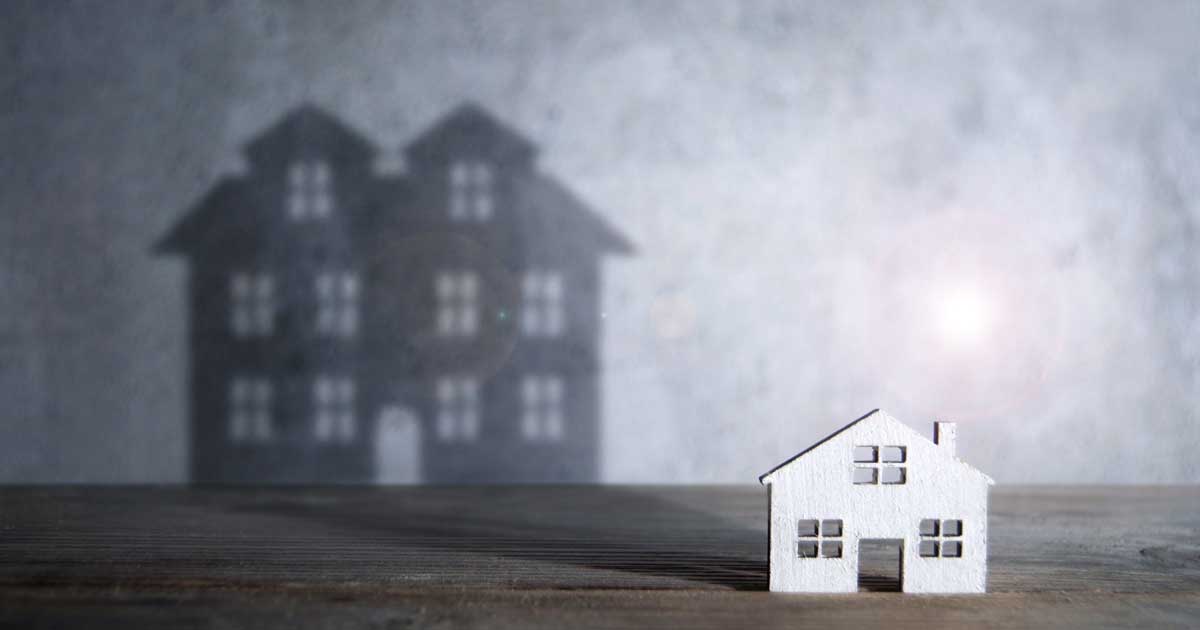At some point in life, many people begin to realize their homes and their lives are simply too full of stuff. Kitchens overflow with duplicate pots and pans, bedroom closets are so packed with clothes it’s hard to find something to wear, and basements and garages become storage units for decades of boxes and bins full of long-forgotten items and furniture you no longer use.
It’s human nature to hold on to things that hold memories and have sentimental or monetary value, but when you step back and look at all the accumulations of life, you will see plenty that does not meet those criteria. When you begin to consider moving to a smaller home or assisted living, it’s a good time to dig into downsizing so you can be sure you keep all the things you love, but find new homes for those you no longer want or need. You might just wish you’d done it sooner!
First … declutter
Before you can really begin to decide about large items like furniture, it’s best to begin with a general decluttering that will help you remove junk and reveal things of value. For example, stacks of magazines (think National Geographic!) from years ago and that overflowing shelf of paperbacks can be purged with little effort. Many libraries take books and old magazines can be recycled.
Another decluttering task is to go through cupboards in the kitchen and bathrooms and remove outdated, empty, and unused food, cleaning supplies, medicines, and health and beauty products. Keep in mind that some materials like rubber, latex and metal can deteriorate over time and should be pitched or recycled. The same goes for garages and basements where items like paint and cleaners can pile up unused for years. Don’t forget to purge Christmas and other holiday decorations that are no longer working or useable.
In living spaces, examine shelves and furniture like curio cabinets that can become holding pens for memorabilia. Collectors are especially guilty of overflow and should look at what they have saved with an eye toward value — sentimental or otherwise. Anything that holds no true value can go to the Salvation Army or other local charity, or to a relative or friend.
These are just a few ways to begin, but to make decluttering habitual download the “Goodbye Clutter!” checklist from happierhomemaker.com. It will help keep you on track as you move forward with the larger task ahead. Another great checklist that is a room-by-room route to decluttering is “How to Declutter Your Home Without the Hassle” from Glad.
It’s not downsizing, it’s minimizing!
It’s easier to begin making decisions about possessions if you remove the negative stigma associated with the word “downsizing.” Instead, think of it as “minimizing,” a word that simply implies “less stuff.”
To begin, keep in mind it’s a good idea to divide your possessions into four main categories:
- Things to keep.
- Things to donate.
- Things to give to friends or family.
- Things to throw away or recycle.
It is important to stick to these categories to avoid becoming overwhelmed. Color-coding items with sticky notes is one way to stay organized, and it also provides space to write down names of people or organizations to receive each item. Also, don’t try to do it all at once. Instead, systematically set aside a few hours each day or week to tackle one room at a time.
As you make decisions, keep in mind how much space you will have when you move. If you already know you will be moving from a four-bedroom home to a two-bedroom condo, this is the time to choose which bedroom furniture you want to move and which you don’t. Furniture like headboards and dressers can be offered to family or donated, but mattresses often are not accepted by charitable organizations. This is also the perfect time to choose which bed linens you want to take and which can go.
Also, if you have a home office now but won’t in your new home, chose which equipment and furniture will fit the new space. If three file cabinets are no longer needed but one is essential, let family and friends know you have extras to give or sell. Get tips on cleaning out files in the blog “Downsizing Office Paper: A Simple How-To” from organizedassistant.com.
Stay on track
Other things to consider are closet, pantry and cupboard space in the new home. Going from a large kitchen with wrap-around cupboards and an island to a smaller more modest kitchen will require careful consideration. Start with duplicates like blenders, silverware, dishes (every day and china) and tablecloths, placemats and napkins. Choose your favorites and find new homes for the rest.
In the bathrooms, take the same approach. Going from three baths to one and a half offers the opportunity to reduce bulk considerably. In particular, consider sorting through towels, equipment like hairdryers, and other miscellaneous items that fill drawers and counters. Keep only what you need and earmark the rest to give to others or throw away.
Also take a good look at equipment for outdoor upkeep. Everything from shovels and rakes to lawnmowers and snowblowers should be categorized. There is no point in taking a snowblower to a condo or assisted living, especially when a family member could use it at their home. Also, don’t be shy about offering items for sale rather than as gifts. Or plan a garage sale if you have enough to make it worthwhile. If you would prefer to donate items to charity, check out theSpruce.com’s article, “Where to Donate Everything in Your Home A-Z” for organizations that can make the most of your donations.
Regarding keepsakes, heirlooms and belongings you know you want to bequeath to loved ones, make a list, take photos and keep a digital record. If you have a will, be sure to include the items and the names. Another idea is to give some of your little used or needed items away now so you can watch the recipient enjoy the gift. Your great grandma’s china may be wasted if you hold on to it, but it could become a welcome complement for a daughter or granddaughter who is starting to build her own family traditions.
If the whole process seems overwhelming and potentially emotional, AARP suggests the book, “Downsizing The Family Home: What to Save, What to Let Go” by, Marni Jameson. This helpful guide and workbook is based on the author’s personal experience as well as that of experts.
As you work through your home, you may find you are happy to be purging and enjoy the feeling you get from having less clutter in your life. If so, you might be interested in a movement called “minimalism,” which can help you not only minimize, but also adopt a lifestyle that embraces the “less is more” philosophy of possession. It’s also a great way to ensure your heirs and loved ones won’t have weeks of cleaning and sorting work to do when you’re gone.
For information about Countryside, call Margaret Nagel at (517) 206-5000 or download our brochure to learn about our care levels, cost, and amenities.


